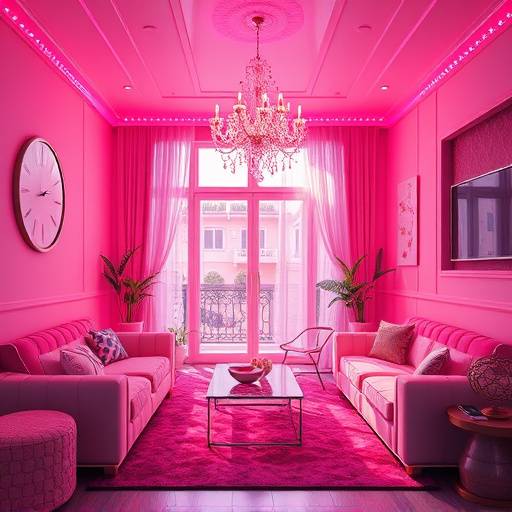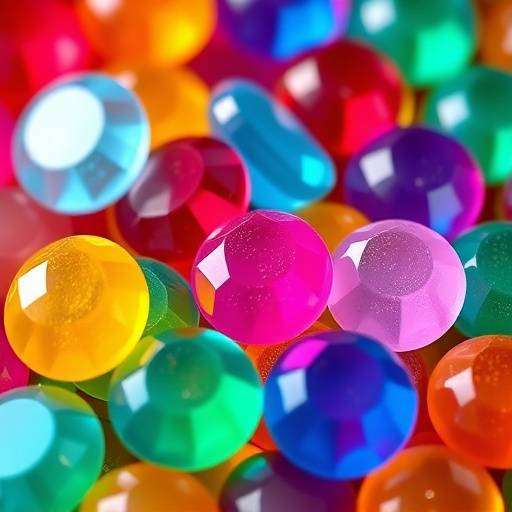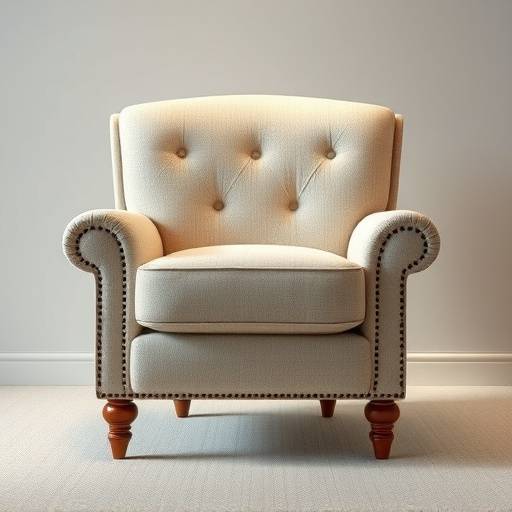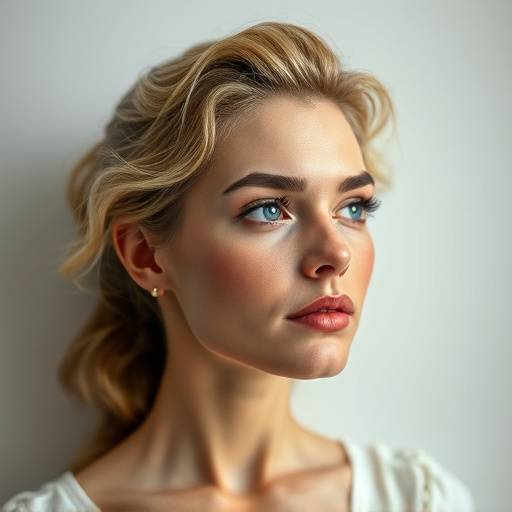Mastering Stylistic Emulation with AI
Dive deep into the art of replicating and generating visuals in the distinctive styles of beloved games like Candy Crush Saga and Homescapes. Aetherial AI Artistry provides the expertise to train artificial intelligence models for unparalleled stylistic consistency.
 Explore AI Art Techniques
Explore AI Art Techniques
The Art of Mimicry: Why Style Emulation Matters
In the competitive landscape of game development, a unique and cohesive art style is often a defining factor for success. Players connect with visually appealing worlds that possess a consistent aesthetic. Games like Candy Crush Saga, with its effervescent charm and jewel-toned candies, or Homescapes, with its cozy, storybook illustrations and intricate home designs, have achieved massive popularity partly due to their masterful visual identities. Replicating these styles traditionally demands significant artistic effort, time, and resources.
Artificial intelligence offers a revolutionary approach to this challenge. By training AI models on carefully selected datasets of existing artwork, we can teach them to understand and reproduce the core visual principles that define a particular style. This isn't merely about creating superficial copies; it's about discerning the underlying patterns, color palettes, linework, textures, and thematic elements that make a style iconic. This capability allows developers to:
- Generate vast quantities of consistent assets quickly.
- Prototype new visual directions efficiently.
- Create sequels or spin-offs that feel instantly familiar yet fresh.
- Experiment with stylistic variations for marketing or special events.
- Maintain brand identity across different game titles or platforms.
At Aetherial AI Artistry, our focus is on empowering creators with the knowledge and tools to leverage AI for nuanced style emulation, ensuring that your game's visual storytelling is as impactful as its gameplay. We believe AI should be an extension of artistic intent, enabling you to achieve your vision with unprecedented fidelity and speed.
Deconstructing Beloved Aesthetics: Candy Crush & Homescapes
To effectively emulate a style, we must first understand its fundamental components. Let's break down the visual language of two highly successful mobile game genres.

Candy Crush Saga exemplifies the vibrant, hyper-stylized match-3 genre. Its art is characterized by:
- Intense Color Saturation: Colors are exceptionally bright, often appearing almost luminous, creating a sense of joy and energy.
- Smooth, Glossy Textures: Elements like candies have a polished, jewel-like appearance with clear reflections and highlights, suggesting desirability and tactility.
- Simplified, Rounded Forms: Objects and characters generally feature soft edges and uncomplicated shapes, making them instantly recognizable and friendly.
- Playful Animations: Visual feedback for matches and special effects is often exaggerated and satisfying, enhancing the player experience.
- Clear Iconography: Power-ups and UI elements are distinct and easy to understand at a glance.
Homescapes represents the popular home renovation puzzle genre. Its aesthetic is defined by:
- Warm, Inviting Color Palettes: Colors are rich and cozy, often featuring pastels, earth tones, and natural textures that evoke comfort and domesticity.
- Detailed, Realistic (Yet Stylized) Objects: Furniture, decor, and garden elements are rendered with attention to detail, giving them a tangible quality while maintaining a whimsical, storybook feel.
- Charming Character Designs: Characters are expressive and approachable, with distinct personalities conveyed through their attire and animations.
- Atmospheric Environments: Backgrounds and interior scenes are richly detailed, drawing players into the narrative and world-building.
- Intuitive UI Design: The user interface is clean and functional, complementing the game's overall charm without being distracting.
By analyzing these elements, we can guide AI models to capture the essence of these styles, generating new assets that feel authentically part of these worlds.
The Data Pipeline for Style Emulation
The success of AI style emulation hinges on the quality and relevance of the training data. Creating a robust dataset involves meticulous planning and execution.
-
Target Audience Analysis
Understanding who the game is for is the first step. For casual games like Candy Crush, this means bright, universally appealing visuals. For narrative-driven games like Homescapes, emotional resonance and aesthetic comfort are key. This analysis informs the type of visual cues the AI should prioritize.
-
Feature Extraction
Identifying the most critical visual features of the target style is crucial. This involves quantifying elements like color dominance, shape complexity, texture patterns, and common motifs. For instance, identifying the specific shades of red, blue, and green that dominate Candy Crush or the characteristic wood grain and fabric textures in Homescapes.
-
Dataset Curation
This is perhaps the most vital step. We gather a comprehensive collection of high-resolution images representing the target style. This includes in-game assets, concept art, promotional materials, and even screenshots that best exemplify the desired aesthetic. Quality over quantity is often the mantra here, with each image serving as a representative sample of the style's intricacies.
-
Data Preprocessing & Augmentation
Raw data is rarely ready for AI training. Images are cropped, resized, and normalized. Crucially, we employ data augmentation techniques – such as rotations, flips, and color jittering – to artificially expand the dataset, making the AI model more robust and less prone to overfitting. For style emulation, ensuring consistent aspect ratios and resolution can be important for capturing specific visual details.
Style Transfer in Action: Original vs. AI Emulation
See the tangible results of meticulously trained AI models. This comparison showcases how artificial intelligence can capture the spirit and visual fidelity of established game art styles.
Original Candy Crush Gem

AI Emulated Candy Gem

Original Homescapes Furniture

AI Emulated Homescapes Furniture

Training Strategies for Artistic Precision
Achieving high-fidelity style emulation requires more than just feeding images into an AI. It involves strategic training methodologies.

Transfer Learning: Instead of training a model from scratch, we often utilize pre-trained neural networks (e.g., those trained on vast datasets like ImageNet) as a starting point. This leverages existing knowledge of general image features and significantly speeds up the training process, requiring less specific data. We then fine-tune these models on our curated style-specific dataset.
Generative Adversarial Networks (GANs): GANs are particularly powerful for generating realistic and novel images. They consist of two networks: a generator that creates images and a discriminator that tries to distinguish between real and generated images. Through adversarial training, the generator learns to produce images that are indistinguishable from the real data, effectively mimicking the target style.
Style Loss and Content Loss: In techniques like neural style transfer, we can control the output by defining specific "losses." Content loss ensures the generated image retains the structural elements of a content image, while style loss ensures it adopts the texture and color characteristics of a style image. By balancing these losses, we can precisely guide the AI. For game art, this often means ensuring the generated asset is recognizable as, say, a "booster icon" (content) while looking like it belongs in Candy Crush (style).
Fine-Tuning and Iteration: The training process is iterative. We constantly monitor generated outputs, adjusting hyperparameters such as learning rate, batch size, and the weight given to different loss functions. This continuous refinement allows the AI to progressively improve its adherence to the desired artistic nuances.
Elevate Your Game with Authentic AI Art Styles
Don't let the complexity of AI art generation hold you back. Partner with Aetherial AI Artistry to unlock the potential of style emulation and bring your game's vision to life with unparalleled visual consistency and charm.
Let's Discuss Your Project